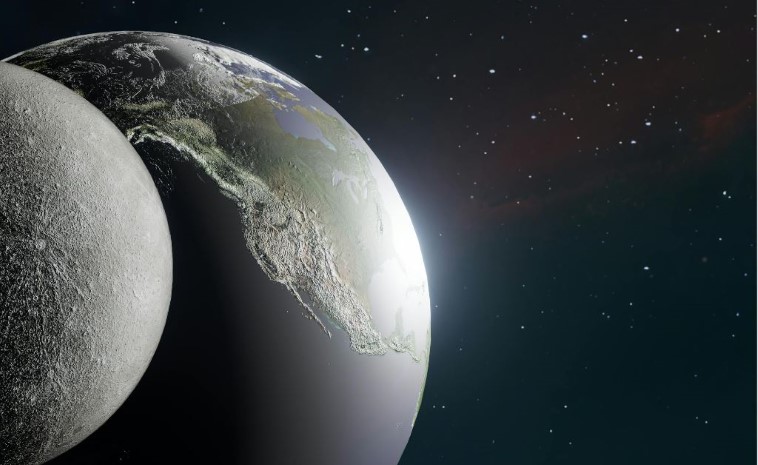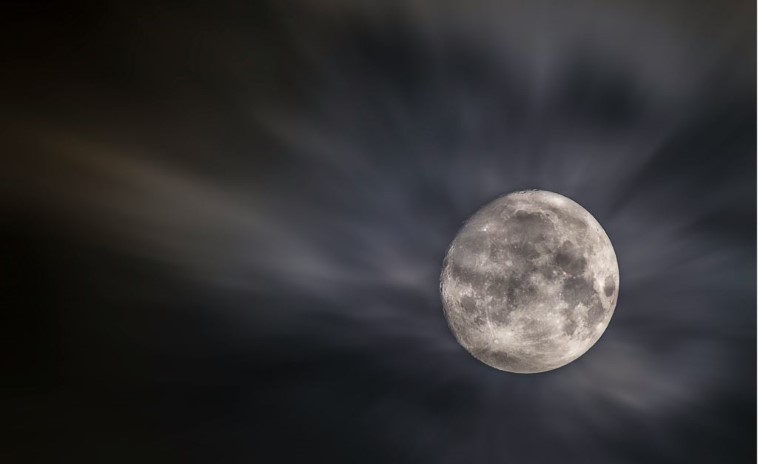What if the Moon suddenly vanished from our night sky?

Imagine waking up one night and there is no Moon in the sky even though it should be there. For almost 4.5 billion years it has been here with us, it revolved around the Earth, and then it disappeared! So, hypothetically what would happen in this scenario?
In fact, apart from astronomers, its disappearance that night would have been noticed by few. However, although completely imperceptible, at least for us humans, there would be consequences.
The first confused, would be some animals, especially those that are active at night. Biologists say that moths, which have evolved over millions of years with the moon in the sky, use the moon’s light for orientation.
Young, newly hatched turtles also use light from the Moon to find their way to the ocean. Without the Moon, the turtles would be totally lost, and their population would decrease dramatically. Apart from moths and turtles, many other living organisms would feel the changes. And it should take thousands, if not many more years, for the living world to adapt to new conditions.
Some areas that are normally exposed to extremely high tides, when flooded by them at regular intervals, would remain dry. But the living world would still somehow cope with the aforementioned consequences.

However, in the long term, all life on our planet would face great challenges, because some consequences that are not noticeable in the short term would be more than dramatic in the long term. The Moon, even though it is much smaller than our planet, during the billions of years since its creation, has dictated the development of the Earth.
Once, three billion years ago, the Moon was much closer to us and according to some calculations, it was only 30,000 kilometers from us, which is strikingly small compared to the current 384,000 kilometers.
The day here on Earth was significantly shorter because the planet rotated faster on its axis. And this rotation was being slowed down by the Moon. It drags the oceans along the bottom by means of tides and thus inhibits the rotation of the planet by friction. At the same time, the Moon moved away from the Earth to its current distance. The consequence of these processes was an increasingly longer day on Earth, so that today it amounts to 24 hours.
Apart from the aforementioned, the Moon stabilizes the tilt of our planet with its gravity. That inclination is 23.5 degrees today. But if there was no Moon, the slope would change significantly over time with unimaginable climate changes.

Of course, according to our everyday standards, that process is extremely slow. But if there was no stabilizing effect of the Moon on the axis of the Earth, the current living world, viewed in the long term, would be endangered.
Consider that the tilt of the planet changes significantly. So, if that axis were significantly larger than 23.5, the seasons would last much longer and then in some parts of the planet there would be an almost eternal winter and the temperature on that side would be far below zero. And on the other side of the planet, terrible heat would accumulate until the evaporation of large waters.
We, and the entire living world, have been shaped by evolution to live in the current climate. What life would be like on Earth with such drastic climate changes- it remains an idea for the imagination.
And whether there would be complex life at all is a big question. Maybe life would be reduced to only mosses and very simple life forms?
Let’s just add that today the Moon is our source of information about the early Earth and the Solar System. Since the Moon is geologically inactive, it is a treasure of ancient times.
Its innumerable craters speak of the heavy bombardment from 3.8 to 4.1 billion years ago by small bodies from space that must have hit the Earth in those long-ago times.
Want to read more about the universe? Visit our blog!

